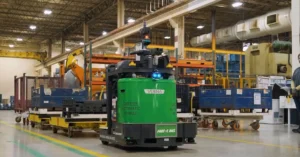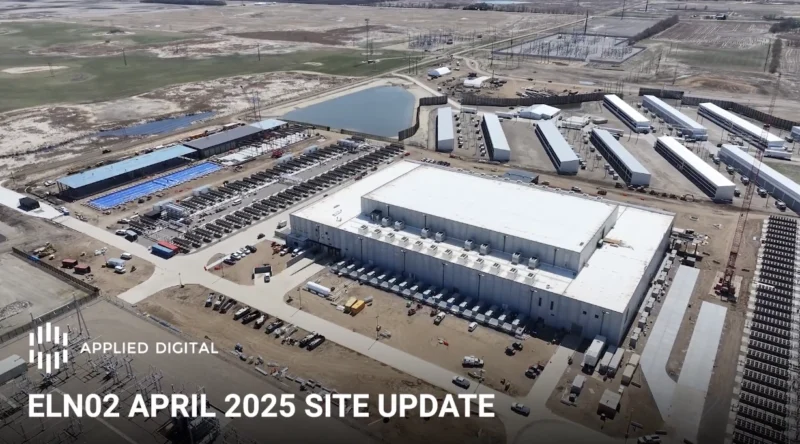A Beginner’s Guide to SCADA
SCADA is the control systems architecture that provides complete oversight over devices in the field by collecting data in real-time and letting supervisory management make actionable decisions. Keith Smee, Engineer with Concept Systems, led a beginner’s guide discussion in SCADA systems on Beyond the Concept.
His goal: provide some tips and tricks for those running into challenges maximizing their existing SCADA system or debating deploying one for the first time but confused by technical specifics and best practices for integration.
The importance of IT involvement in SCADA is something Smee said is super important and an essential tip for those unfamiliar with this type of system. “The way things are going now, everything is getting networked together,” Smee said. “Everything is going to be server-based, everything requires a lot of management, and the people who are doing that right now at your company are those IT people. It pays a lot to have them involved right at the beginning.”
The size and scale of a SCADA system is often another consideration cited by Smee that can make an impact. Small-scale operations don’t typically deploy SCADA systems, but they can get pretty large. “The largest scale that I’ve seen is right in your power grids. That is where a lot of SCADA comes from because you have a system distributed over hundreds and thousands of miles of lines. You can’t have people monitoring everywhere all at once to trace problems.”
No matter the size, Smee said there are no hard and fast rules for setting up a SCADA system – only guidelines. “I mean, some people look at HDMI and say, ‘That’s a SCADA system.’ It’s technically correct. You can use that to supervise a process. You can interpret the data and make decisions on how to control it, so yes, that’s correct, but is it really what we’re talking about when we’re talking about SCADA in the sense of like a power grid or an entire line or an entire factory.”
Follow us on social media for the latest updates in B2B!
Twitter – @MarketScale
Facebook – facebook.com/marketscale
LinkedIn – linkedin.com/company/marketscale








